Wine lovers often focus on the grape variety, region, and winemaker, but what about the bottle’s closure? The type of wine bottle top plays a crucial role in preserving the wine’s quality, aroma, and taste. Whether you’re a seasoned connoisseur or new to wine, understanding the different closures can enhance your appreciation for this timeless drink. In this comprehensive guide, we explore the most popular wine bottle closures, their history, and how they impact the wine inside.
Why Does the Wine Bottle Closure Matter?
The primary purpose of a wine bottle closure is to keep the wine inside until you’re ready to drink it, while also preventing excessive oxygen exposure. If too much oxygen seeps into the bottle, it can lead to oxidation, which alters the flavor and aroma, causing the wine to lose its vibrancy. This is why the type of closure you choose is critical, especially for wines meant to age.
Read More: Anatomy of Wine Bottle: What Are Parts of A Wine Bottle
Here’s a deep dive into the most common types of wine bottle closures, their benefits, drawbacks, and best use cases.
1. The Timeless Cork: A Classic for a Reason
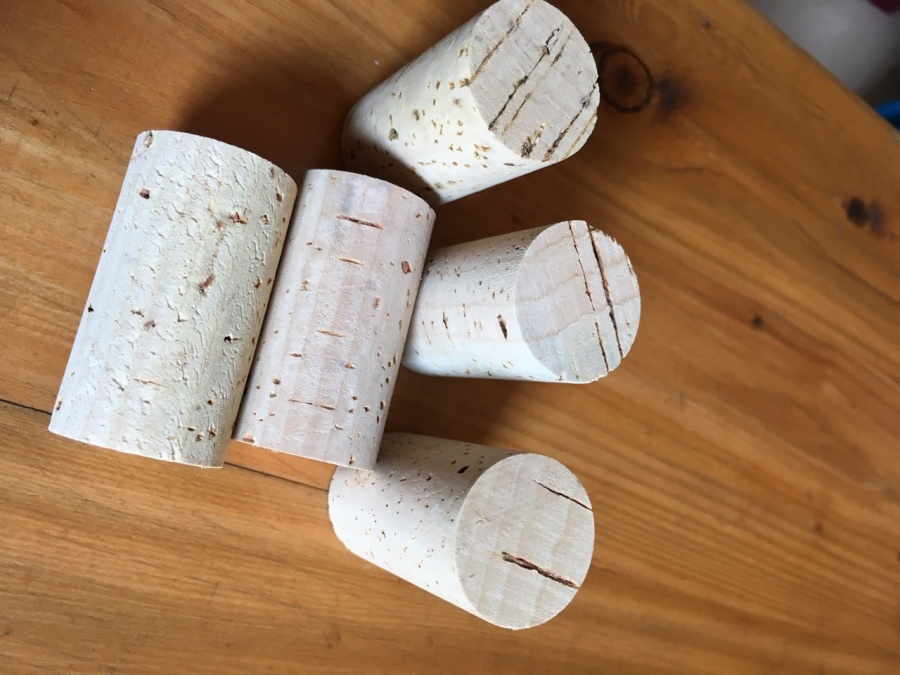
Cork is undoubtedly the most traditional and widely recognized wine closure. It has been used for centuries, with modern cork closures gaining popularity in the 1700s. Corks are made from the bark of cork oak trees (Quercus suber), which are mostly found in Portugal and Spain. These trees can live for up to 200 years, and their bark is harvested every nine years.
Benefits of Cork:
- Aging Potential: Cork allows small amounts of oxygen to interact with the wine, helping it age gracefully over time. Wines sealed with cork are ideal for long-term storage.
- Natural Elasticity: The tiny pores in the cork create a perfect seal, ensuring that the wine stays fresh while aging.
- Tradition: The ritual of popping a cork, especially with sparkling wines, is a cherished part of the wine-drinking experience.
Drawbacks:
- Cork Taint: Cork can sometimes harbor a chemical compound called TCA (2,4,6-Trichloroanisole), which can cause “cork taint,” giving the wine an unpleasant musty aroma.
- Fragility: Over time, corks can dry out and crumble if not stored properly, ruining the seal.
The Best Cork for Wine
A colmated cork, made from 90% natural cork and 10% glue mixed with cork granules, offers a strong, high-quality seal. It’s an excellent choice for wines that will be stored for long periods.
Read More: I Tested 11 Wine Stoppers — and These Are the 4 Clear Winners
2. Synthetic Corks: A Modern Twist
Synthetic corks are a relatively new alternative to natural cork. They are made from polyethylene-based compounds and are designed to mimic the appearance and feel of natural cork.
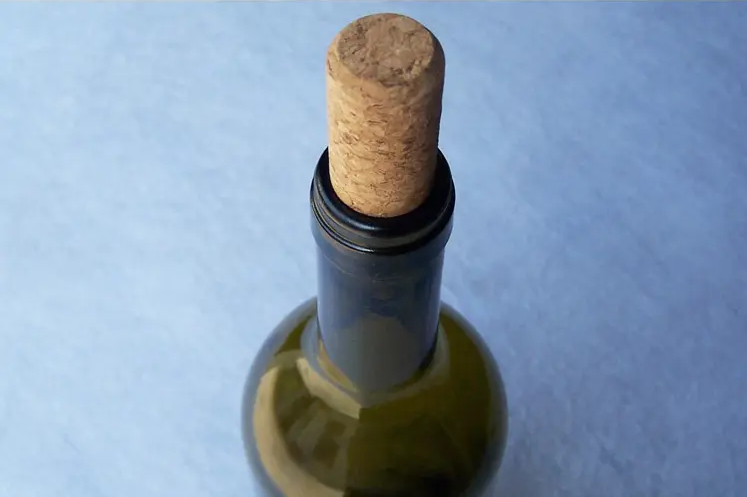
Benefits of Synthetic Corks:
- TCA-Free: Unlike natural cork, synthetic corks are not susceptible to cork taint.
- Consistency: They provide consistent oxygen permeability, which can enhance the quality of the wine over time.
- Sustainability: Some synthetic corks are made from renewable materials, such as sugarcane, and are reusable.
Drawbacks:
- Limited Aging Potential: Synthetic corks are best suited for wines that are intended to be consumed within a few years. They do not perform as well for long-term aging.
- Aroma Absorption: Some synthetic materials can absorb the wine’s aromas, which can affect the taste.
3. Screw Caps: Convenience Meets Quality
Screw caps, often associated with lower-priced wines, have gained significant popularity in recent years, particularly in New Zealand and Australia. The first screw cap for wine was developed in the 1970s by a South Australian winery, seeking a solution to the problem of cork taint.
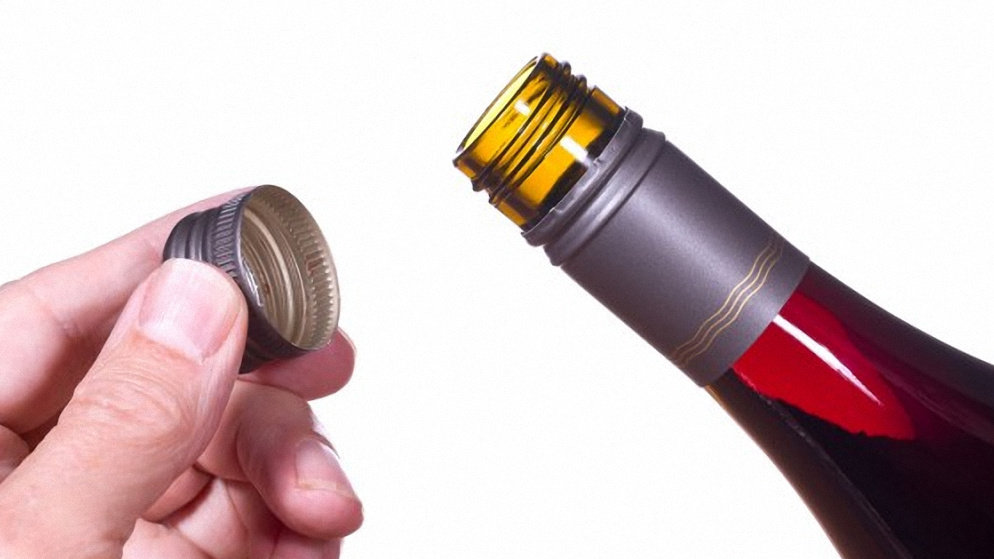
Benefits of Screw Caps:
- No Oxygen Exposure: Screw caps offer an airtight seal, making them ideal for wines that are best enjoyed young, such as Sauvignon Blanc.
- Convenience: There’s no need for a corkscrew, and screw caps are easy to reseal.
- No Cork Taint: Since screw caps are made from aluminum with a plastic liner, there’s no risk of TCA contamination.
Drawbacks:
- Limited Aging: Wines that benefit from slow oxidation during aging, like red wines, may not develop as well under a screw cap.
- Perception: Some wine enthusiasts still associate screw caps with lower quality, despite their proven effectiveness.
4. Vinolok: The Glass Stopper Revolution
Vinolok, a glass stopper with a polymer disc, is a relatively new and visually striking closure. While not as common as cork or screw caps, Vinolok closures are becoming more popular, particularly for high-end wines.
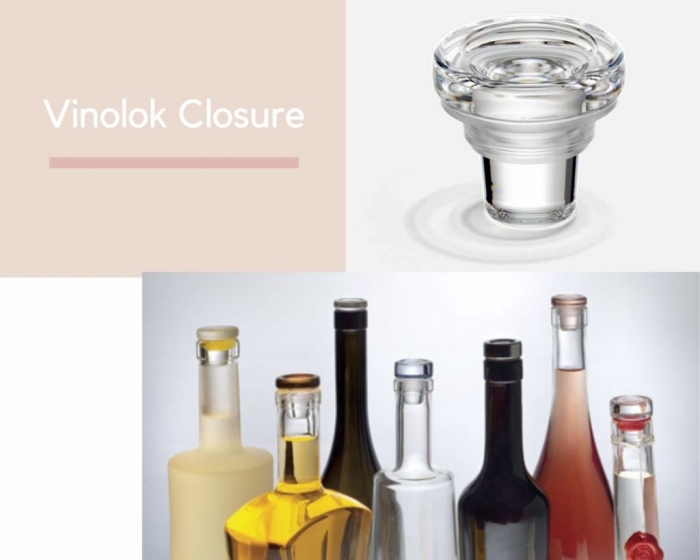
Benefits of Vinolok:
- Aesthetic Appeal: The sleek, modern design adds a luxurious feel to the wine bottle.
- No Taint: Like screw caps and synthetic corks, Vinolok eliminates the risk of cork taint.
- Recyclable: The glass and polymer materials are recyclable, making Vinolok an environmentally friendly option.
Drawbacks:
- Cost: Vinolok closures are more expensive than other options, which can drive up the price of the wine.
- The Missing Ritual: For some, the lack of a traditional cork-popping moment is a downside.
5. Crown Seals: A Rising Trend
Crown seals, commonly used for beer bottles, are slowly gaining traction in the wine world. They are typically used for light, fresh wines that are intended to be consumed young.
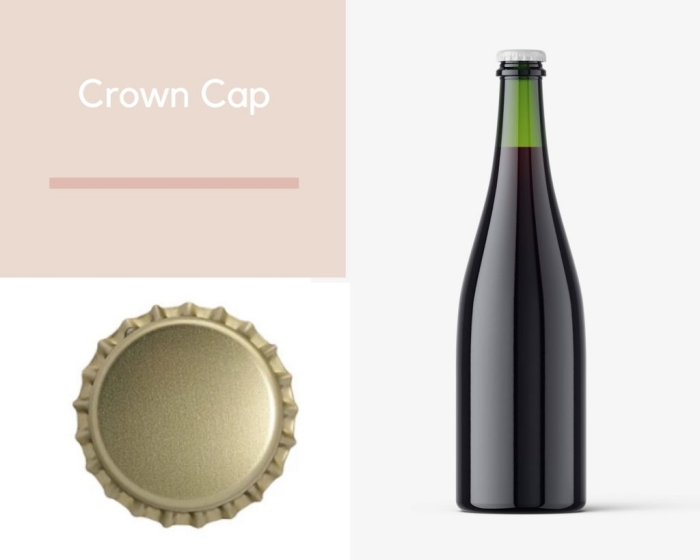
Benefits of Crown Seals:
- No Cork Taint: Like other alternative closures, crown seals are free from the risk of cork taint.
- Best for Young Wines: Crown seals provide an excellent seal for wines that are best enjoyed soon after bottling.
Drawbacks:
- Not Ideal for Aging: Wines sealed with crown seals are not meant for long-term storage, as the closure does not allow for oxygen exchange.
6. Zork Closures: A Hybrid Solution
Zork closures are a newer and innovative type of wine bottle closure that combines the benefits of screw caps and traditional corks. It is made of a combination of plastic and foil, and offers a simple pull-tab mechanism to open the bottle.
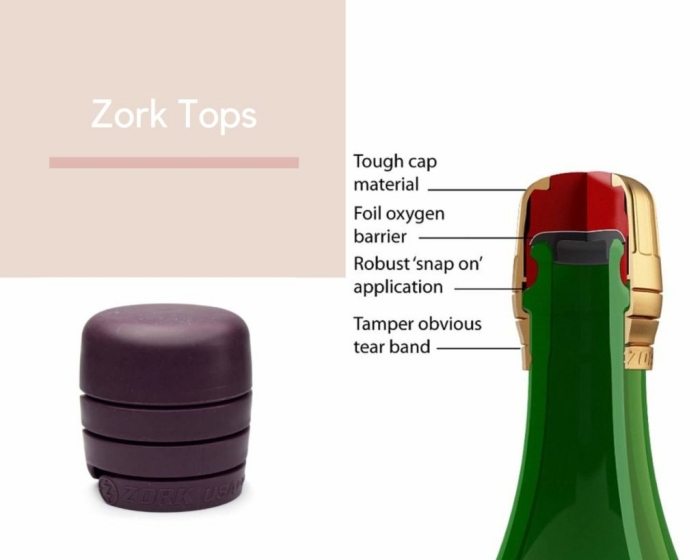
Benefits of Zork Closures:
- Easy to Open: No corkscrew is needed, similar to screw caps, but Zork closures retain the “pop” sound when opened, mimicking the experience of removing a cork.
- Resealable: Zork closures are designed to be resealed, which can help preserve the wine after opening.
- No Cork Taint: Like synthetic corks and screw caps, there is no risk of TCA contamination with Zork closures.
Drawbacks:
- Not Widely Used: Zork closures are still relatively new and not as common as other closures, so they are mainly used by innovative wineries.
7. Polyethylene Terephthalate (PET) Bottles with Screw Caps
Some wine producers are exploring the use of PET bottles paired with screw caps. PET is a type of plastic that is lightweight and shatter-resistant, making it a practical choice for wine packaging, particularly for casual, on-the-go consumption.
Benefits of PET Bottles with Screw Caps:
- Lightweight: PET bottles are much lighter than traditional glass, which makes transportation and handling easier.
- Shatter-Resistant: Unlike glass, PET bottles won’t break, making them ideal for outdoor events, picnics, or travel.
- Environmental Benefits: PET bottles can be recycled more easily than glass, and their lightweight nature reduces the carbon footprint of shipping.
Drawbacks:
- Perceived Quality: Many consumers associate PET bottles with lower-quality wine, though this is changing as more premium wines explore this option.
- Limited Aging Potential: PET bottles are typically used for wines meant to be consumed soon after purchase, as they don’t provide the same protection against oxygen as glass.
8. Helix Cork: The Twistable Cork
The Helix cork is an innovative twist on traditional cork closures. It combines the natural cork material with a specially designed glass bottle that allows the cork to be easily twisted off and on, much like a screw cap.
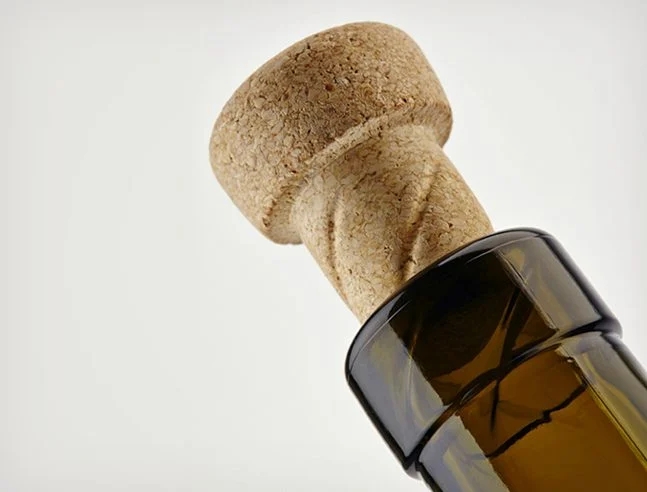
Benefits of Helix Cork:
- Easy to Open and Reseal: The twist-off design allows for the cork to be removed and resealed without a corkscrew.
- Sustainable: Since the Helix cork is made from natural cork, it maintains the environmental benefits of cork as a renewable resource.
- Preservation of Tradition: The use of cork retains the traditional feel and look, making it appealing to wine lovers who enjoy the classic experience of opening a bottle of wine.
Drawbacks:
- Availability: Helix cork is still in its early stages of adoption and is not widely available in the market.
- Special Bottle Requirement: The Helix cork requires specially designed glass bottles, which may limit its use to certain wineries.
Conclusion: Which Wine Bottle Top is the Best?
There’s no one-size-fits-all answer when it comes to choosing the best wine bottle closure. The type of closure that’s right for you depends on your wine preferences and how long you plan to store the bottle. If you love the tradition and aging potential of cork, stick with natural or colmated corks. If convenience and TCA-free assurance are important, synthetic corks or screw caps may be your best bet. For those looking for a unique and eco-friendly option, Vinolok closures offer both style and sustainability.
No matter which closure you choose, understanding the benefits and drawbacks of each can help you make more informed decisions the next time you’re browsing the wine aisle.
